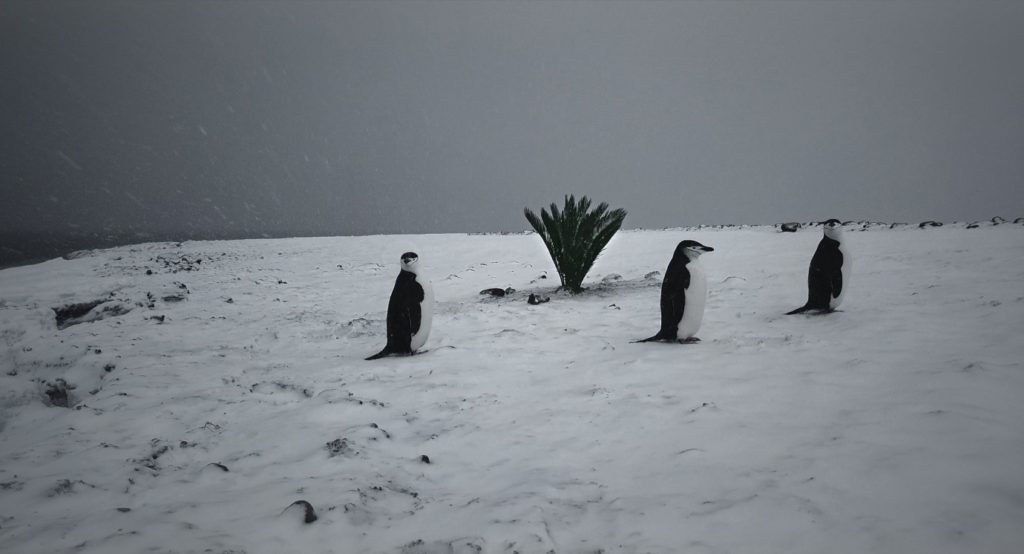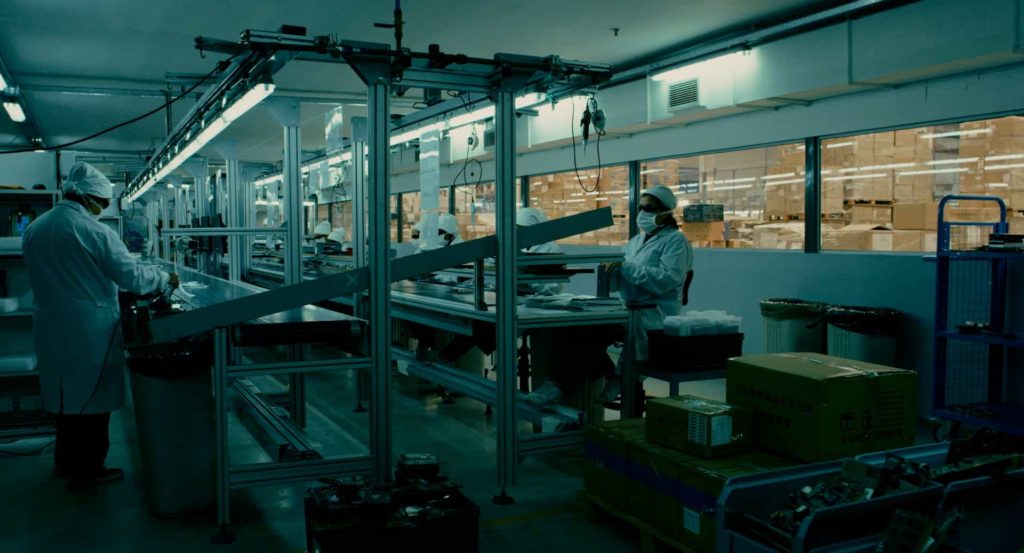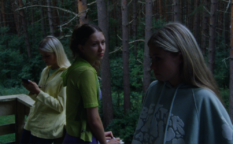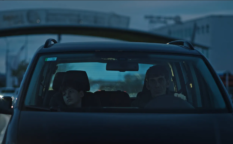Reflections 2
Whatever it costs to make a film, its final price comes down to the skin it lives in. In the Before Times (and maybe in the After Times, too, if we are optimistic) a film is not bought but acquired for a specific market, platform, and time period. This builds, for the film, the skin through which the audience will encounter it, be that the sharp, uninterrupted focus of DCP projected onto a high spec cinema screen, fully masked, with five (or seven) channel surround sound and, in complete darkness; or perhaps it is buffering, logging in and out of an online streaming service, cast to a television or viewed on a laptop, tablet or phone that has its own ideas about screen ratio, constantly interrupted by messages and other such notifications; or it could be the anything and everything in between. Whichever way, admission costs something, and if we want to watch, we have to pay.
I’m contemplating surfaces and cost after watching an absolutely cracking film, Viera Cákanyová’s Frem (2020). Set in an imagined present or future (it doesn’t matter which, and it could even be the past), Earth is subject to our will, perspective, and impact. The omnipotent narrator – might be the actual voice of God, but I think it’s the filmmaker – shows us analogue (photochemical) film footage and tells us that it’s a “reminiscence… before it all goes”. What follows are “revolutionary algorithms”, glitches, pixels, VFX and some other fancy manipulations of zeros and ones. Slowly, instead of bearing a relationship to its ontological referent, as photochemical photography inherently does, the digital smooths itself over everything. The images are of an arctic outpost, melting ice, a red refuge box for a human amid so much H2O, but the material of those images could be anything, and frequently are: blood-stained ice pixelates and dissolves in front of our eyes, images fold in on themselves to reveal something new, a black hole appears, the ice opens and a sunny depiction of dinosaurs plays out underneath. It’s both surreal and hyper-real, a perfect guise for exploring themes around climate change, refuge, endlessness and isolation.

Climate Change is real. Refuge – especially for refugees – is so fraught that its appearance can seem, as it does in Frem, like a mere mirage. The issues facing our planet are as endless as the water in our oceans and isolation continues, even as lockdowns ease in some parts of the world. A 360-degree camera view doesn’t necessarily offer a wider or more complete perspective and, at times, the movement achieves the opposite, reminding us of the artificiality of the experience. Simulation or simulacra, surreal or real, reveal patterns in the universe like the algorithms that now govern our lives. Are these mathematical principles or empirical truths? It was maybe three years ago, during Berlinale but just outside of its parameters that Dutch critic Dana Linssen was reflecting on Eduardo Williams’ The Human Surge (2016) as part of the Woche der Kritik, when I first heard anyone talk about quantum physics in their critical discussion of a film. I think back to it now because quantum physics might help here, but, like so many governments and world leaders who choose ignorance over science, it just isn’t to hand.
As with Williams’ work, the sound design here is exemplary, creating an atmosphere – even in my home, without Dolby surround – of claustrophobia that jars with the visual of expansive, icy planes. I’m sure I hear the clacking of a keyboard accompany the deep breathing that makes me oscillate between thinking I’m watching a film and playing a first-person shooter video game. I don’t know if I’m watching, experiencing, being immersed, sutured, held or hailed. The landscape is out of control and I don’t know who to blame. It’s a lot like the feeling of helplessness and apathy that comes from reading the news and thinking about the state of the world right now. I’m starting to re-think what I expect from the world, as well as from film. Meanwhile, the penguins are gorgeous.

I’m also reminded of a short film that, to this day, even after I curated it in a programme, I still don’t know if I like, Persijn Broersen and Margit Lukas’ Establishing Eden (2016). There, as here, the surface opens up to reveal other truths or realities and, in this way, the surface of the film is not only artificial but becomes scab-like; an irritation, or a wound, that gets bloody and painful the more we pick at it. But, as viewers, didn’t we come to pick the scab?
Next, a remote outpost signals John Carpenter’s The Thing (1982), and now I know reality has become a horror film for sure.
What does it cost to think about the world? What are the prices we pay – beyond the capitalist construction of money – for the way we act, and for the ways in which we fail to act, maybe only observe? I’m watching, and I might even be close to experiencing (though I am sure this would be achieved in a cinema, the distractions of home occasionally interrupt my otherwise felt viewing), but immersion? 360 just doesn’t do it for me. Computer generated images and sounds? First person shooter games just aren’t my thing, and I don’t think third person ones are, either. It feels like more than a coincidence that this week also saw the release of Sony’s critically acclaimed The Last of Us Part II, the third-person post-pandemic survival narrative for our times.
As the credits roll and I have that weird choice of staying with them (I do) or tapping my thumb on a spacebar to use all my power to stop the ‘screening’, I wonder what market, platform and time period will acquire this film. It would be truly awesome in a cinema, and for those who saw it screened at this year’s Berlinale, I bet it cost both more and less than it does viewing it at home, now.
















